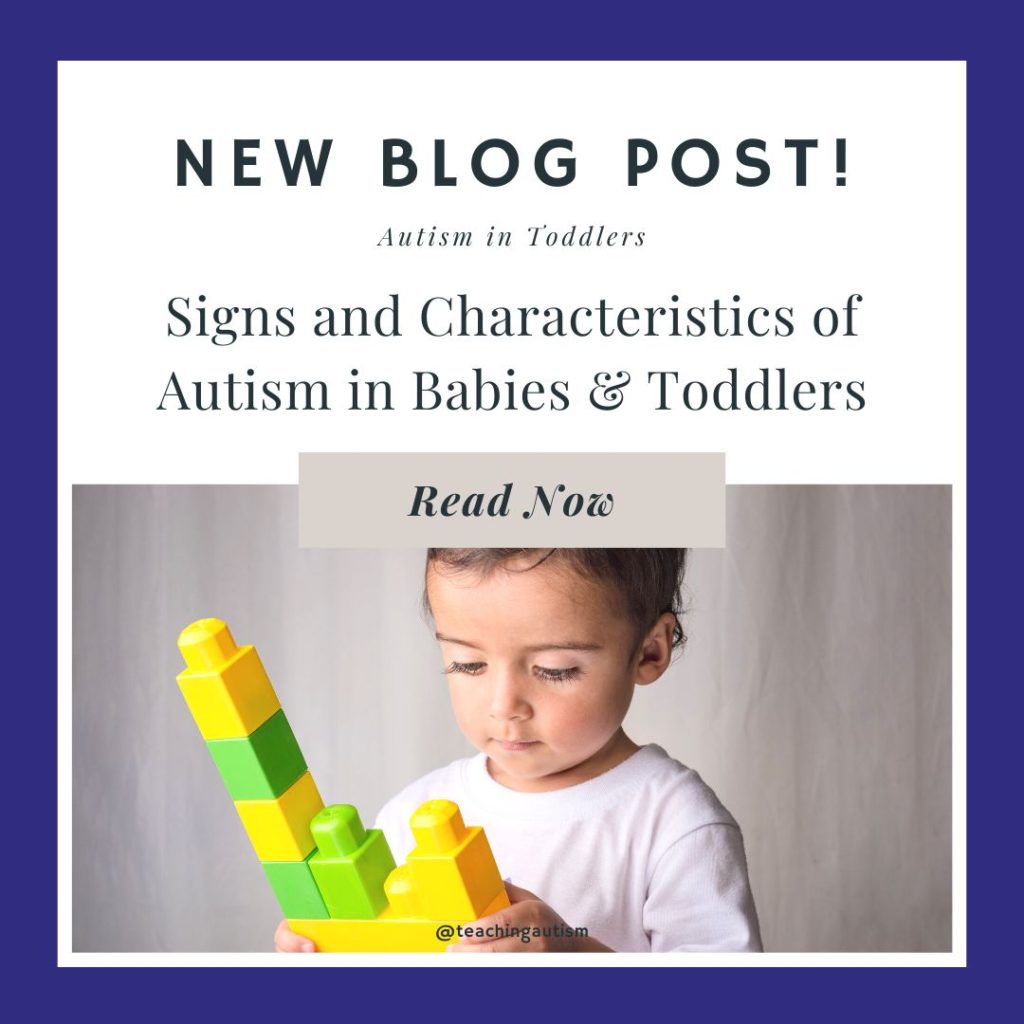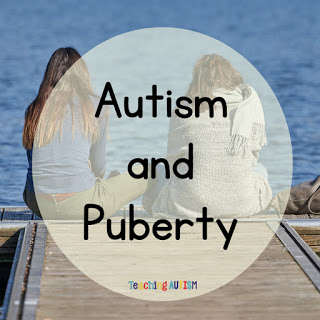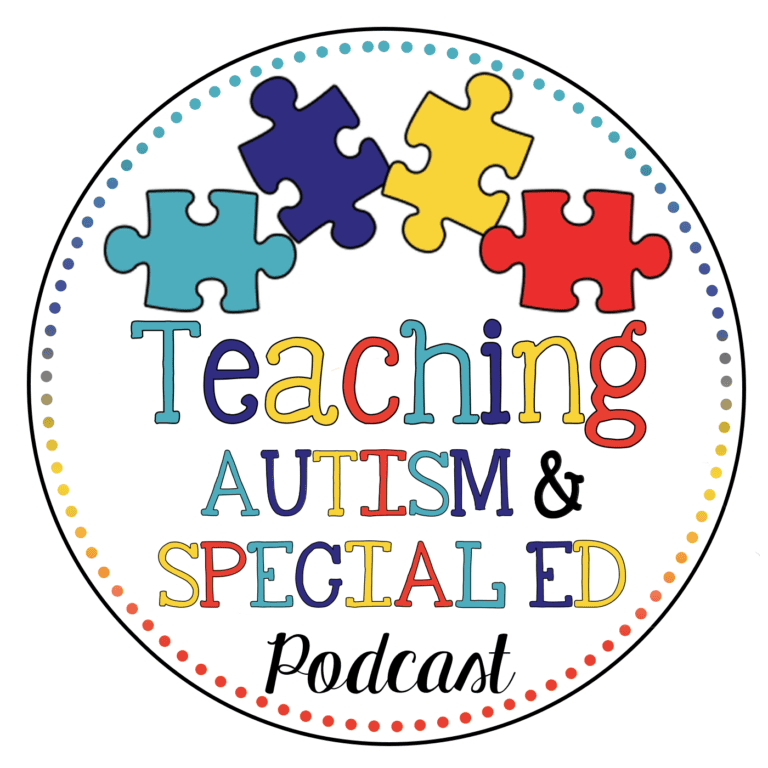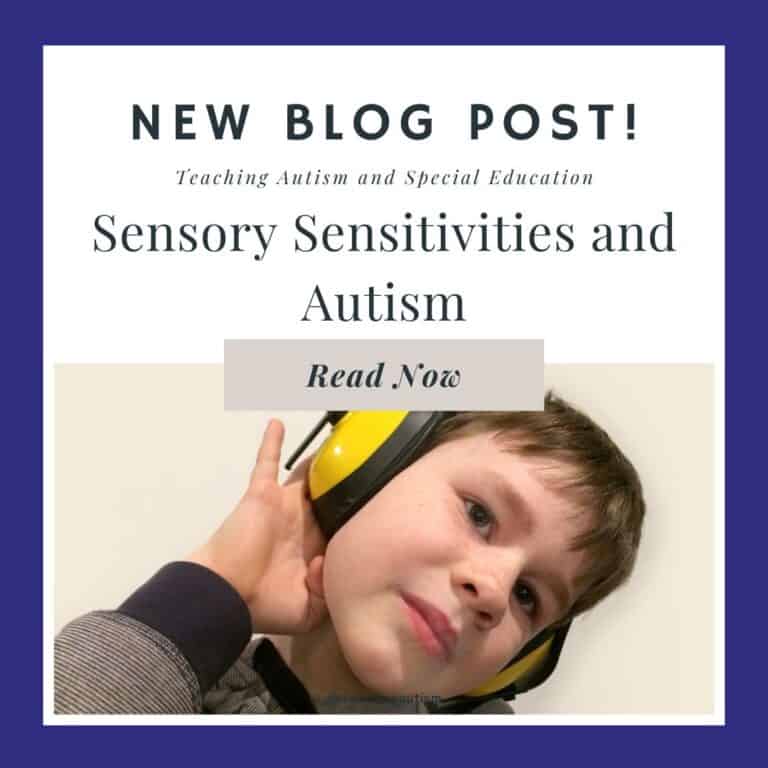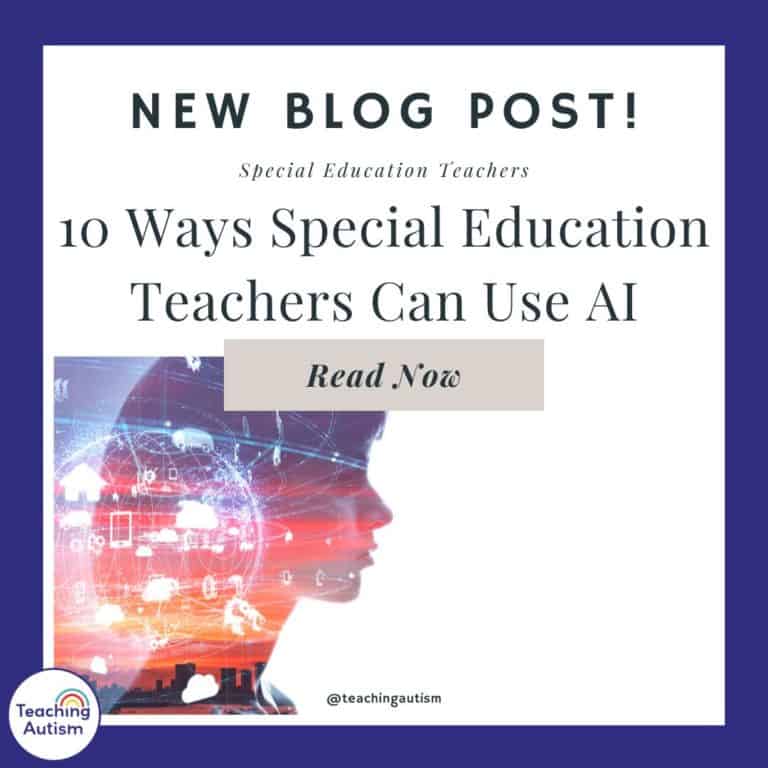Signs of Autism in Toddlers
One of the most common questions I get asked is ‘What are the signs of autism in toddlers?’ And since having my son, and being part of parenting groups, I see this question on an almost daily basis now. So, I’ve put together this blog post to share some of the most common signs of autism that you may see in toddlers.
It’s almost important to do some research on what autism is. Because, while I’m going to be sharing a list of signs you can look for in this blog post – it’s also important to remember that if your toddler is doing one or two of these things, that doesn’t necessarily mean they are autistic.
What is Autism?
Before we dive into signs of autism, just incase you are new here.. Or this is the first time you are starting to find out more information on autism, I wanted to give a quick overview of what it is.
So, what is autism?
Autism is a lifelong neuro-developmental disability. It is a spectrum, and this means that it can appear different in people. Autism can affect how a person communicates and interacts with the world around them.
It is best described as a combination of characteristics. Generally, those characteristics fall under the categories;
- Social
- Language
- Repetitive Actions
- Sensory
Now that we’ve done a brief discussion about autism, I’m going to dive straight into the post and start sharing some signs of autism that can be displayed in autistic toddlers.
Signs of Autism in Toddlers
Disclaimer: This list is a list of common signs/characteristics that you can be see in an autistic toddler. The signs listed here are not a complete list and many may also require a GP visit to rule out anything else. I.E. Not responding to their name, could also indicate hearing that needs investigating.
- Not responding to their name; either inconsistently or not at all.
- Does not return your smile.
- Certain tastes and issues around food; textures, smell, taste, appearance.
- Dislike and getting very upset smells, sounds, and crowds.
- Performing actions repeatedly; flapping hands, rocking body, clapping.
- Limited or no vocabulary.
- Dislikes or doesn’t take part in pretend play.
- Likes to repeat phrases, sounds or words.
- Different ways of playing; lining up toys and becoming protective over these.
- Certain strengths; numbers, counting, special interests.
- Very focused on routine, and struggling with change.
- Strong special interests.
- Lack of eye contact.
- Prefers to play alone.
- Not very interested in bringing objects to show you that are of interest to them.
- May not show an interest in communicating with you.
- Prefers to play alone than with others.
- Appears to have no fear.
- May not appear to feel pain. Or may be over sensitive to touch.
As children get older, there are different signs and characteristics to look for. But, in this blog post, I wanted to focus on those early signs that you may see in your baby/toddler.
Next Steps
If you have read through this list and some of the signs listed sound like your child, I just want you to remember a few things;
- This list is not an extensive list. A child may be autistic and show few of these signs and present in another way.
- A child may show signs/characteristics on this list and not be autistic.
The best piece of advice I can give you, is to make a note of some of the signs/characteristics that remind you of your child, and write them down. Now, make notes on when/how often you see these signs. Video them if you can. Schedule an appointment with your paediatrician and share the information with them that you have.
Why Show Evidence?
When I talk about showing evidence, sometimes this can be upsetting. I think this is because a lot of families think that a doctor won’t take their concerns seriously or believe them just by their word – and that is not the case. The problem is, autism is a spectrum and it can be very hard to diagnose, especially at a younger age.
Not only this, many autistic children (and adults too!) will learn how to mask. (You can learn more about masking here.) And this may mean that when you go to visit your paediatrician, the signs and characteristics you are trying to discuss, your child may not display in front of them. So if you are able to show photos, videos and different types of evidence, your paediatrician will be able to get a clearer picture of what’s going on and help you.
To find out more about having autism diagnosed, I recommend listening to this podcast episode where I talk with Andi Putt about the process of diagnosing autism and what that looks like.
If you found this ‘Signs of Autism in Toddlers’ blog post helpful, please consider sharing it with your friends and colleagues.
Nikki
P.S. Have you signed up for a 3 day free trial of our VIP membership yet? If not, click here to do it now and go and get access to a huge range of resources, templates, crafts and more for free.
